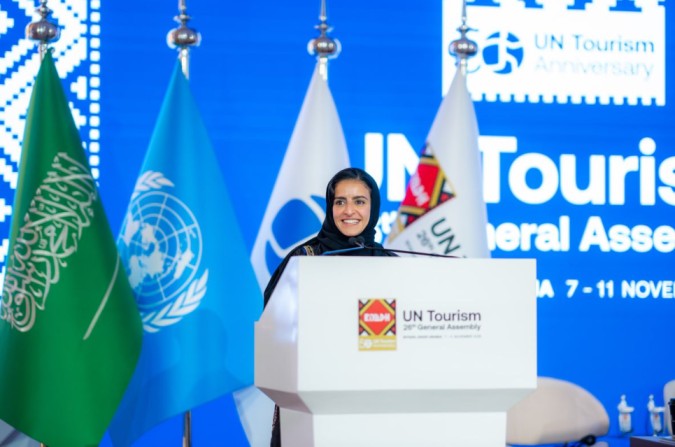Foundations First: How NEP 2020 is Shaping India’s Early Learning Revolution – orfonline.org

Report on Early Childhood Education in India: Aligning with the Sustainable Development Goals
Introduction: ECE as a Cornerstone for Sustainable Development
Early Childhood Education (ECE) is a critical foundation for lifelong learning and a key driver for achieving multiple Sustainable Development Goals (SDGs). The rapid brain development in the first six years of life establishes the neurological architecture for cognitive and social skills. Investment in high-quality ECE directly supports SDG 4 (Quality Education), particularly Target 4.2, which aims to ensure all children have access to quality early childhood development and pre-primary education. Furthermore, effective ECE contributes to:
- SDG 1 (No Poverty) and SDG 8 (Decent Work and Economic Growth): By improving long-term educational attainment and economic productivity.
- SDG 3 (Good Health and Well-being): Through integrated health and nutrition services, such as those provided by India’s Anganwadi centres.
- SDG 10 (Reduced Inequalities): By bridging developmental gaps for children from disadvantaged backgrounds.
Historically, India’s ECE efforts, primarily through the Integrated Child Development Services (ICDS) and its 1.4 million Anganwadi centres, have focused more on nutrition than on structured, play-based learning. This has resulted in significant gaps in foundational skills, hindering children’s readiness for primary education and impeding progress towards SDG 4.
The National Education Policy 2020: A Framework for SDG 4.2
India’s National Education Policy (NEP) 2020 represents a paradigm shift, placing ECE at the centre of its educational vision to align with global commitments to the SDGs. The policy provides a comprehensive roadmap for transforming early learning and ensuring readiness for primary school.
Core Recommendations of NEP 2020 for Quality ECE
- Structural Integration: Incorporating three years of pre-primary education (ages 3-6) into the formal school structure (5+3+3+4 model), promoting play-based and activity-oriented learning.
- Universal Access: Expanding the ECE system through a multi-pronged approach, including standalone Anganwadis, co-located centres, and pre-primary sections within existing schools to ensure no child is left behind.
- School Readiness Focus: Mandating a “Preparatory Class” or “Balavatika” for all children before Grade 1, taught by an ECCE-qualified teacher, to build foundational literacy, numeracy, and socio-emotional skills.
- Professionalisation of Educators: Requiring trained ECCE educators for all pre-primary settings and tasking the National Council of Educational Research and Training (NCERT) with developing a national curriculum framework, directly addressing SDG Target 4.c on increasing the supply of qualified teachers.
Implementation Analysis: Progress and Systemic Barriers
Achievements in Access and Curricular Reform
Since 2020, India has made notable progress in expanding access to pre-primary education. By 2024, over 83% of four-year-olds in rural India were enrolled in a preschool program. A key policy achievement is the National Curriculum Framework for the Foundational Stage (NCF-FS), which provides a unified structure for ECE and supports its integration into national initiatives like NIPUN Bharat. Under the ‘Poshan Bhi Padhai Bhi’ initiative, over 420,000 Anganwadi workers have been trained on the revised curriculum, a significant step towards improving instructional quality.
Challenges Impeding the Realisation of SDG 4
Despite progress, several systemic barriers prevent the full implementation of NEP 2020’s vision and threaten the achievement of SDG 4.2.
- Inadequate Budgetary Allocation: Public spending on ECE is only 0.1% of GDP, far below the recommended 1%. Per-child expenditure on ECE is nine times lower than on primary education, creating a resource deficit for quality implementation.
- Shortage of Qualified Educators: Only 9% of pre-primary schools have dedicated ECE teachers, and the child-to-teacher ratio in Anganwadis (33:1) exceeds the recommended maximum (20:1). This directly contravenes the objective of SDG Target 4.c.
- Insufficient Learning Time and Materials: Studies indicate that effective ECE learning time averages only 35 minutes per day. Furthermore, only 36% of Anganwadi centres possess complete, age-appropriate Teaching-Learning-Materials (TLMs), limiting opportunities for stimulating, play-based learning.
- Gaps in Teacher Training: Over 60% of Anganwadi workers lack formal training in modern play-based pedagogy, and only 24% received in-service training in the past year, impacting classroom quality.
- Limited Community Engagement: A majority of parents perceive Anganwadis primarily as nutrition centres rather than learning environments, and formal academic monitoring remains infrequent, hindering accountability and continuous improvement.
Strategic Recommendations for Accelerating Progress Towards SDG 4.2
To overcome existing challenges and realise the vision of NEP 2020, an integrated, evidence-based strategy is required. The following five recommendations are critical for ensuring every child in India receives a quality start in their educational journey.
- Universalise a Pre-Primary (Balvatika) Year: Implement a mandatory pre-primary programme for all 5-6-year-olds focused on school readiness skills, including pre-literacy, pre-numeracy, and socio-emotional development. This directly targets the goal of preparing children for primary education as stipulated in SDG 4.2.
- Increase and Target Financial Investment: Significantly raise the budgetary allocation for ECE to align with national and international recommendations. Earmarking funds for teacher recruitment, classroom upgrades, and TLM provision, as demonstrated in Punjab, is essential for building the necessary infrastructure for quality.
- Expand the Cadre of Trained ECE Educators: Launch large-scale recruitment drives for dedicated ECE teachers, as seen in Uttar Pradesh’s plan to hire 20,000 educators. This measure is fundamental to achieving SDG Target 4.c and ensuring that instruction is delivered by qualified professionals.
- Equip Educators with Developmentally Appropriate Resources: Develop and distribute standardised, context-specific academic packages, including teacher guides and play-based TLMs. This ensures that pedagogical strategies are supported by high-quality, engaging materials.
- Strengthen Parent and Community Engagement: Launch awareness campaigns to shift parental perceptions of ECE from childcare to foundational learning. Engaging parents through accessible platforms like WhatsApp and community meetings (e.g., Madhya Pradesh’s ‘Bal Choupal’) fosters a supportive home learning environment, aligning with the spirit of SDG 17 (Partnerships for the Goals).
1. Which SDGs are addressed or connected to the issues highlighted in the article?
SDG 4: Quality Education
This is the most central SDG to the article. The entire text revolves around Early Childhood Education (ECE), which is a foundational component of quality education. The article discusses India’s National Education Policy (NEP) 2020, its focus on strengthening ECE, the importance of school readiness, and the challenges in providing high-quality pre-primary education.
SDG 10: Reduced Inequalities
The article explicitly connects ECE to reducing disparities. It states that high-quality ECE “bridges developmental gaps for disadvantaged children” and notes that for decades, the promise of ECE “remained unfulfilled, especially for disadvantaged children.” By aiming for universal access, the policy and recommendations discussed are directly tackling educational inequality from the earliest years.
SDG 3: Good Health and Well-being
The article connects ECE to long-term health benefits. It also describes the Integrated Child Development Services (ICDS) and its Anganwadi centres, which deliver an integrated package of “nutrition, healthcare, and preschool education.” This holistic approach to early childhood development, which includes health and nutrition alongside education, is fundamental to SDG 3.
SDG 8: Decent Work and Economic Growth
The article establishes a link between ECE and future economic outcomes, stating that it “yields long-term benefits in education, health, and economic productivity.” Furthermore, the discussion on the need to recruit and train a large number of ECE educators (e.g., “Uttar Pradesh is recruiting 20,000 dedicated ECE educators”) relates to the creation of decent jobs within the education sector.
2. What specific targets under those SDGs can be identified based on the article’s content?
SDG 4: Quality Education
-
Target 4.2: By 2030, ensure that all girls and boys have access to quality early childhood development, care and pre-primary education so that they are ready for primary education.
Explanation: This target is the core subject of the article. The NEP 2020’s vision to “aim for universal access to high-quality ECE” and make “school readiness by the first grade a central goal” directly aligns with this target. The creation of ‘Balvatika’ (preparatory class) for 5-year-olds is a specific strategy mentioned to achieve this. -
Target 4.c: By 2030, substantially increase the supply of qualified teachers, including through international cooperation for teacher training in developing countries, especially least developed countries and small island developing States.
Explanation: The article heavily emphasizes the need for qualified educators. It points out challenges like “low teacher availability” and “ineffective teacher training.” It also highlights solutions, such as mandating “trained ECCE educators for all pre-primary classes” and state-level initiatives like Uttar Pradesh recruiting “20,000 dedicated ECE educators” and Odisha recruiting “45,000 Sishu Sevikas.”
SDG 10: Reduced Inequalities
-
Target 10.2: By 2030, empower and promote the social, economic and political inclusion of all, irrespective of age, sex, disability, race, ethnicity, origin, religion or economic or other status.
Explanation: The article’s focus on providing ECE to bridge “developmental gaps for disadvantaged children” and achieving “universal access” for all children, including those in rural India, is a direct effort to promote social and educational inclusion from a very young age, thereby addressing inequalities.
3. Are there any indicators mentioned or implied in the article that can be used to measure progress towards the identified targets?
Indicators for Target 4.2 (Quality ECE Access and Readiness)
- Participation rate in organized learning: The article provides specific data points for this indicator, stating that “over three-quarters of all three-year-olds and more than 83 percent of four-year-olds in rural India will have been enrolled in some form of preschool.” It also notes that Gujarat achieved “93 percent enrollment for 5-year-olds.”
- Proportion of children with foundational skills: The article implies this indicator by citing the “India Early Childhood Education Impact Study,” which found that “only 15 percent could match basic objects, and 30 percent could identify the sizes of objects,” highlighting a clear metric for assessing the quality of learning.
- Effective learning time: The article mentions a direct measure of quality, noting that “effective learning time on ECE is only 35 minutes per day.” This can be used as an indicator to track improvements in classroom delivery.
- Availability of Teaching-Learning-Materials (TLMs): Progress can be measured by tracking the percentage of centers with adequate materials. The article states, “Only 36 percent of Anganwadi centres had complete age-appropriate teaching materials.”
Indicators for Target 4.c (Supply of Qualified Teachers)
- Proportion of teachers with minimum training: The article provides several data points that serve as indicators: “Only 24 percent of ECE educators received in-service training in the past year,” and “over 60 percent of Anganwadi workers lack formal training in play-based pedagogy.” The training of “over 4.2 Lakh Anganwadi workers” is a progress indicator.
- Pupil/trained teacher ratio: The article explicitly states the current ratio and the recommended standard: “The ratio of Anganwadi child-to-teacher averages at 33:1, exceeding the recommended 20:1 maximum.” This ratio is a key indicator of teacher availability and classroom quality.
4. Table of SDGs, Targets, and Indicators
| SDGs | Targets | Indicators Identified in the Article |
|---|---|---|
| SDG 4: Quality Education | 4.2: Ensure access to quality early childhood development, care, and pre-primary education. |
|
| SDG 4: Quality Education | 4.c: Substantially increase the supply of qualified teachers. |
|
| SDG 10: Reduced Inequalities | 10.2: Empower and promote the social, economic, and political inclusion of all. |
|
| SDG 3: Good Health and Well-being | 3.2: End preventable deaths of newborns and children under 5 years of age. |
|
| SDG 8: Decent Work and Economic Growth | 8.6: Substantially reduce the proportion of youth not in employment, education or training. |
|
Source: orfonline.org
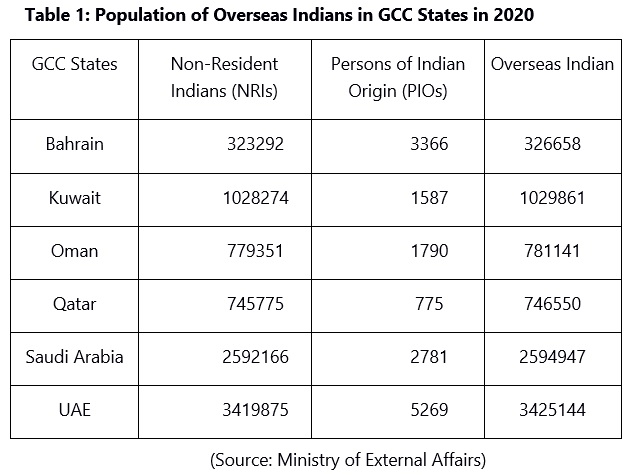
What is Your Reaction?
 Like
0
Like
0
 Dislike
0
Dislike
0
 Love
0
Love
0
 Funny
0
Funny
0
 Angry
0
Angry
0
 Sad
0
Sad
0
 Wow
0
Wow
0

















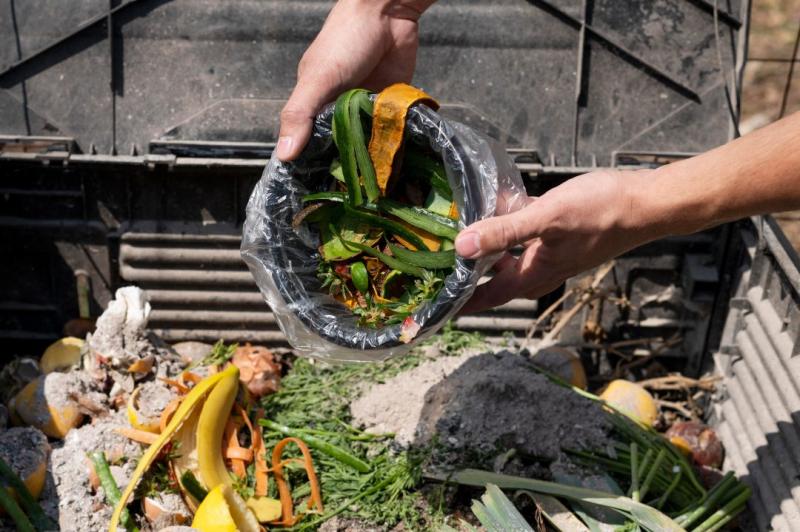













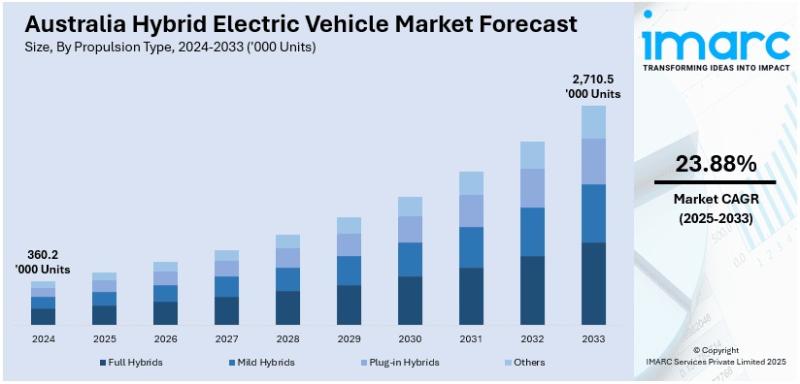






















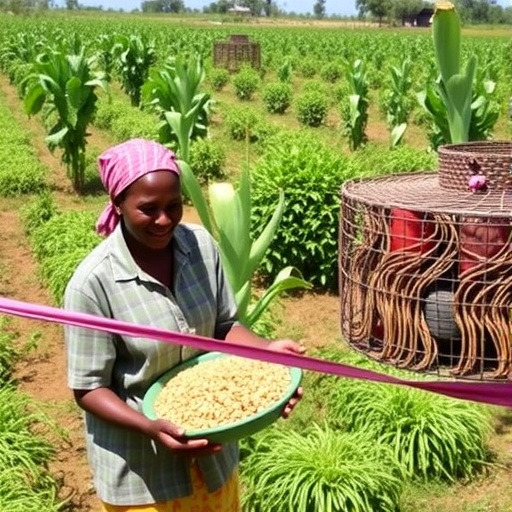
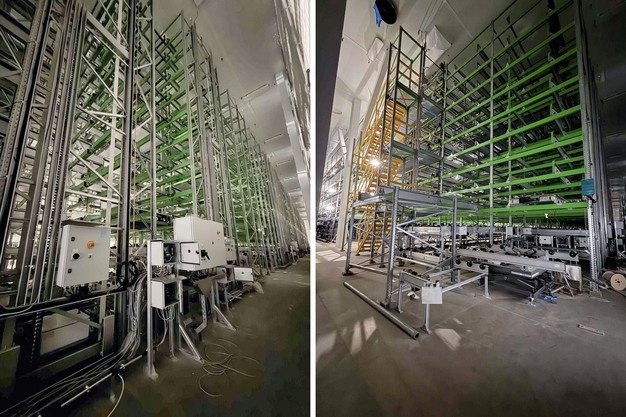



.jpg?#)

